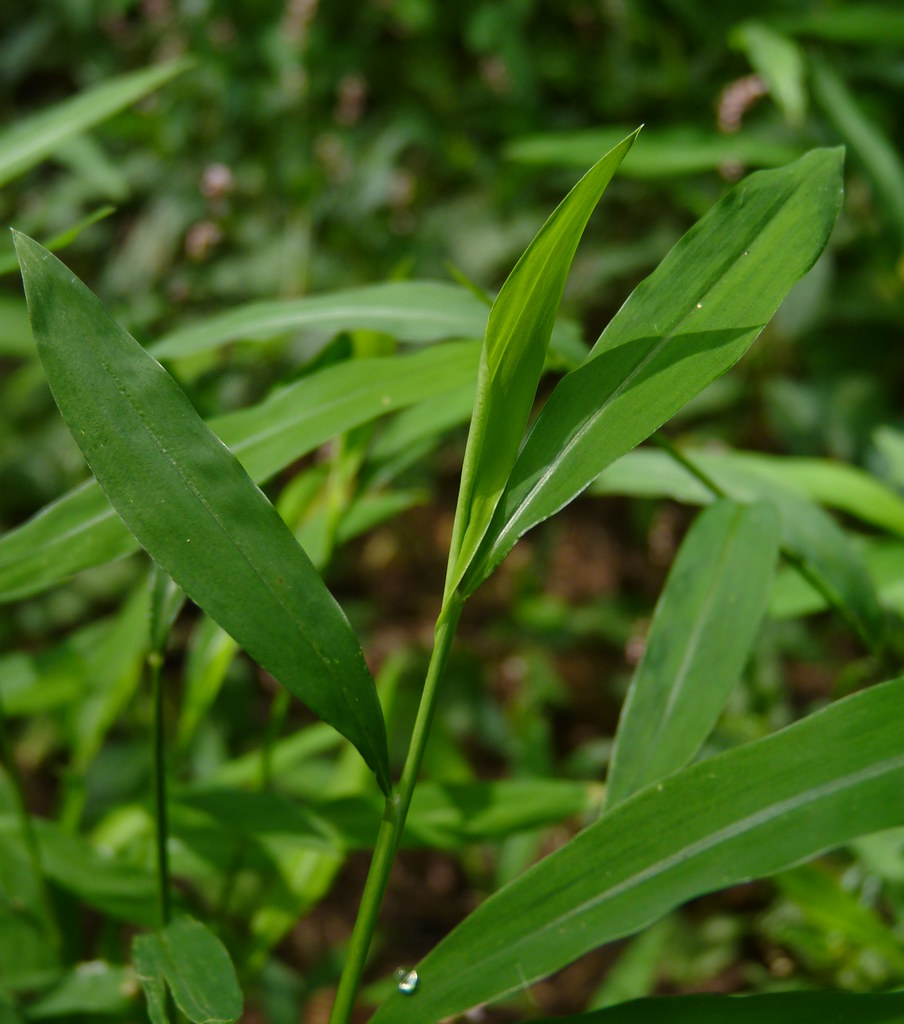
Lawns in March
4 Step Fertilizer Program
Save time and money with our specially priced 4 step annual fertilizer program. This program offers a savings of 10% over purchasing the bags individually through the year. There are 2 programs covering 10,000 sq. ft. and 2 programs covering 5,000 sq. ft. These programs cover your lawns’ fertilizer needs for the entire year. The first program includes 4 fertilizers, including an early spring combination fertilizer with pre-emergent crabgrass control (DIMENSION). The second offering includes 4 fertilizers, one combined with crabgrass control (DIMENSION), and one combined with grub control. All bags have a sticker with suggested application time to help you know when to use it.
Japanese Stilt Grass Control (JSG)

This invasive annual weed is relatively new to our area, and is presenting itself to be a real challenge on many lawns. It is a shallow-rooted, fast spreading summer annual grassy weed. It grows best in woodlands, along the edges of heavily treed lawns and other areas prone to shady and damp conditions, but will creep out into sunny areas of lawns. JSG is often confused with Crabgrass. The difference is that JSG has pale green leaves with a silver stripe running down the center. It begins germinating in MARCH, more than a month earlier than crabgrass.
Unlike crabgrass, stilt grass grows aggressively in the shade, making over-seeding of shady lawns in the spring even more difficult. The key to controlling JSG is applying treatments of crabgrass control (DIMENSION) earlier in the spring (March) and in heavier infestations, following up with an additional application in May (split applications) for several years in a row.
Broadleaf Weed Control of Cool Season Weeds with TRIMEC
Mention of broadleaf weeds in lawns usually includes dandelions, clover and plantain. These warm-season perennial weeds are very active in the spring, but they do not begin actively growing until mid-April. Perennial broadleaf weeds CAN ONLY BE CONTROLLED WHILE THEY ARE ACTIVELY GROWING. Herbicides are absorbed through actively growing leaves and shallow roots. Cool-season perennial weeds that are actively growing in March include ground ivy, wild onions/garlic, wild violets, chickweed and veronica. These weeds can all be controlled with TRIMEC, applied NOW. Generally, these more difficult to control weeds are active in areas of the lawn, not throughout the lawn. Therefore, spray only the areas of active weed growth (spot spray). And for best results, use a spreader/sticker and re-apply TRIMEC 2 weeks after the initial treatment due to the waxy coating on the leaves.
Spring Seeding
Spring seeding is seldom successful for a variety of VERY sound reasons:
- Seed will only begin to germinate when SOIL temperatures warm sufficiently. This will not occur in this area until sometime in early MAY.
- Any type of weed control can NOT be done until seed is completely germinated and has been mowed 2 or 3 times. No crabgrass control; no broadleaf weed control. Not good for existing turf.
- NO roots will grow in the summer. By mid summer, root growth ceases completely. Shallow, poorly developed roots yield thin, vulnerable turf. Areas will definitely require re-seeding in the fall.
Thus, we urge that spring seeding ONLY be done for construction or weather damage, for new construction, or for small areas that can be tended to intensely. The best time to do general, improvement seeding is in the early-mid fall.
Mowing Lawns in March
Lawns will not begin to grow in earnest until early April. So, any mowing done in March should be for the express reason of cleaning up lawn debris (leaves & sticks) that may have accumulated over the winter, or to even out the appearance of said lawn. Set the mower at about 3” cutting height, mow, and collect the clippings (either rake or bag). Then, don’t mow again until grass starts growing in early April.
Liming Lawns in March
Lawns really benefit from regular lime applications. (Once or twice a year is best.) Our soils are uniformly low pH (acidic) and dense. Acid soil interferes with nutrient delivery of fertilizers, making them less effective. Lime is a soil conditioner; it improves the soil’s ability to fully absorb the macro nutrients (N, P, K) in lawn fertilizers. Because lime works on the soil, not the plants themselves, it can be applied anytime when the lawn area is firm and not frozen.
